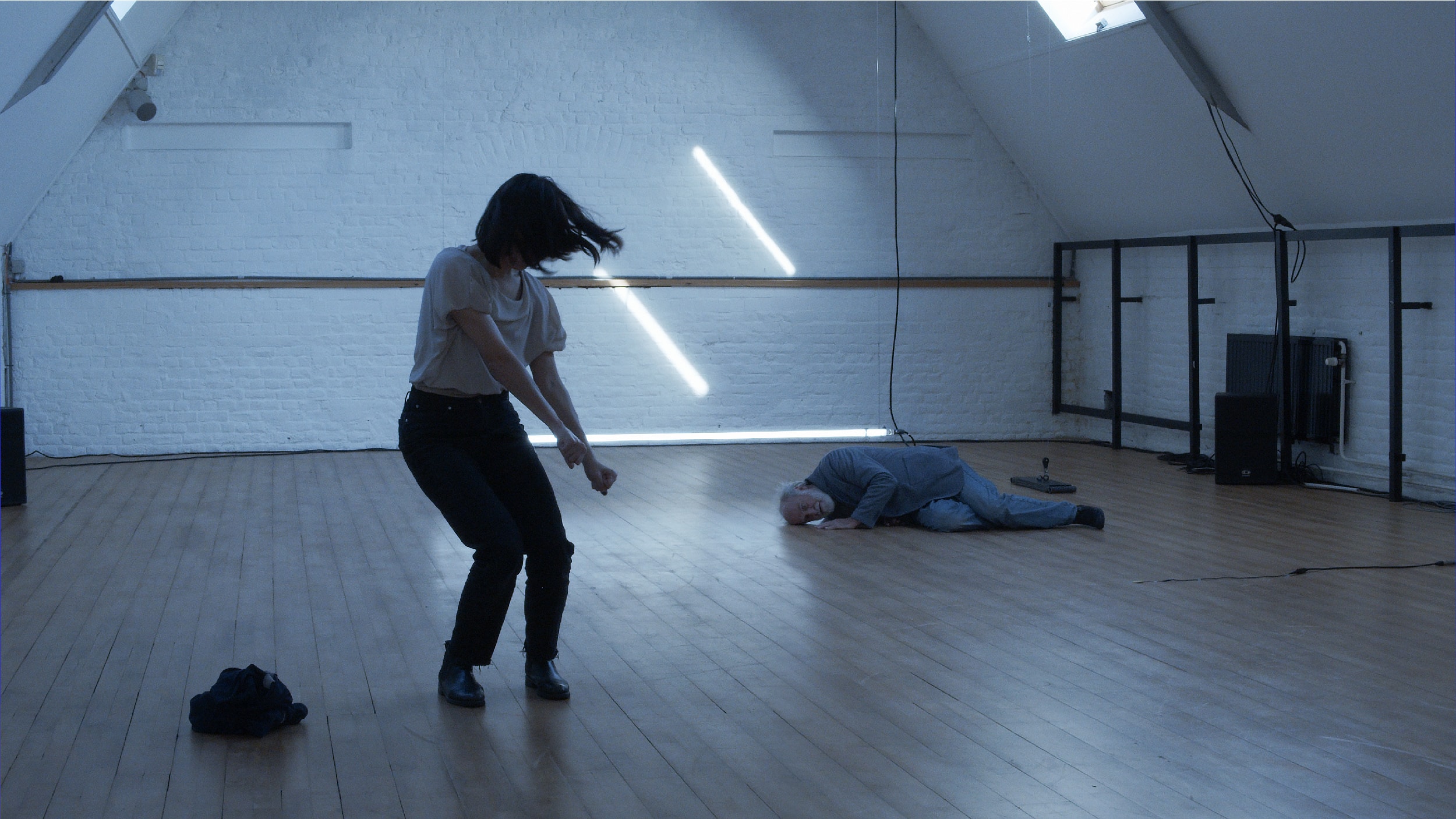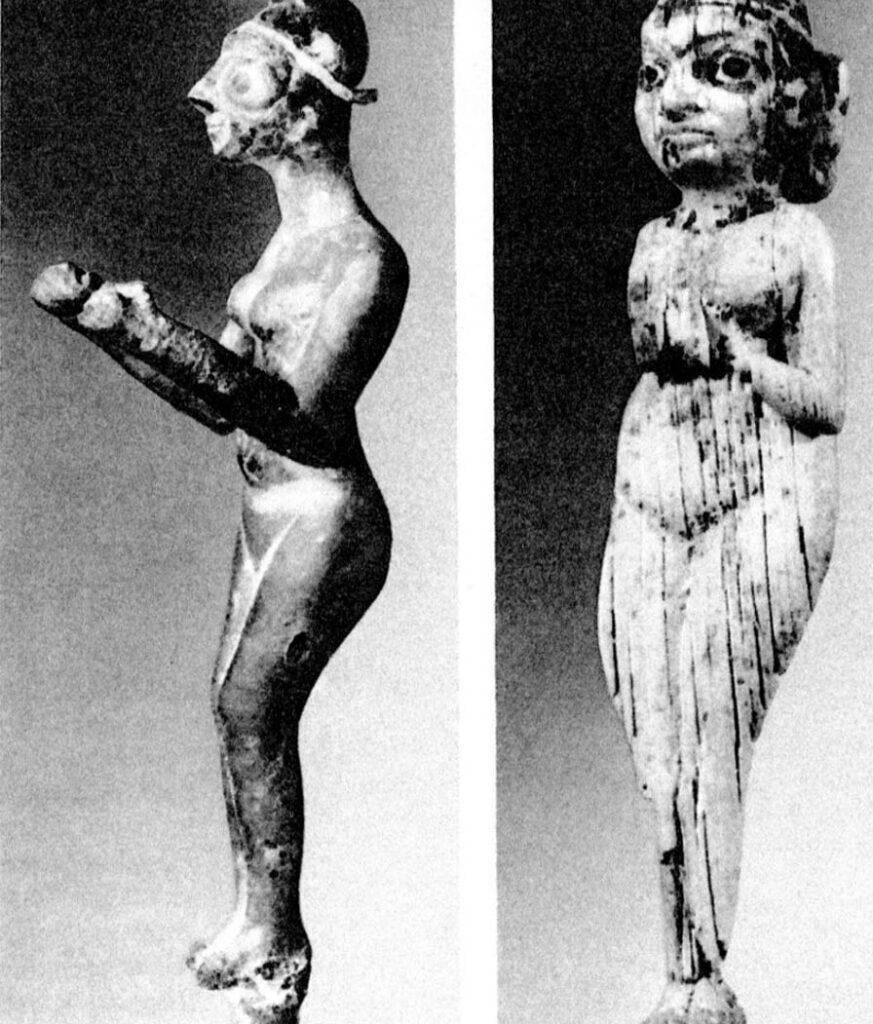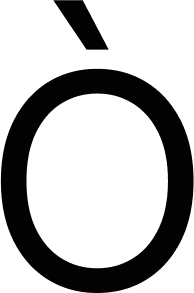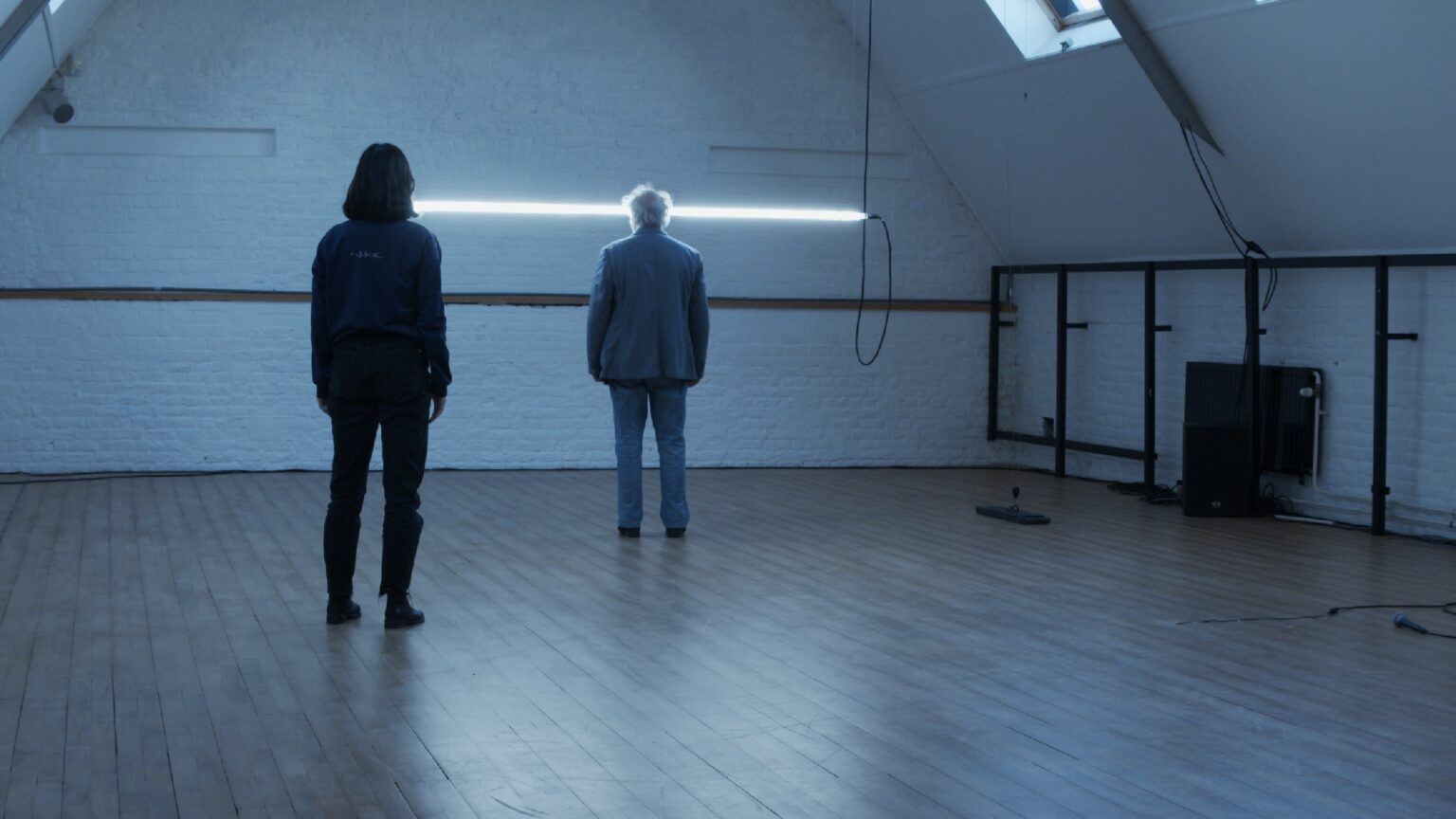
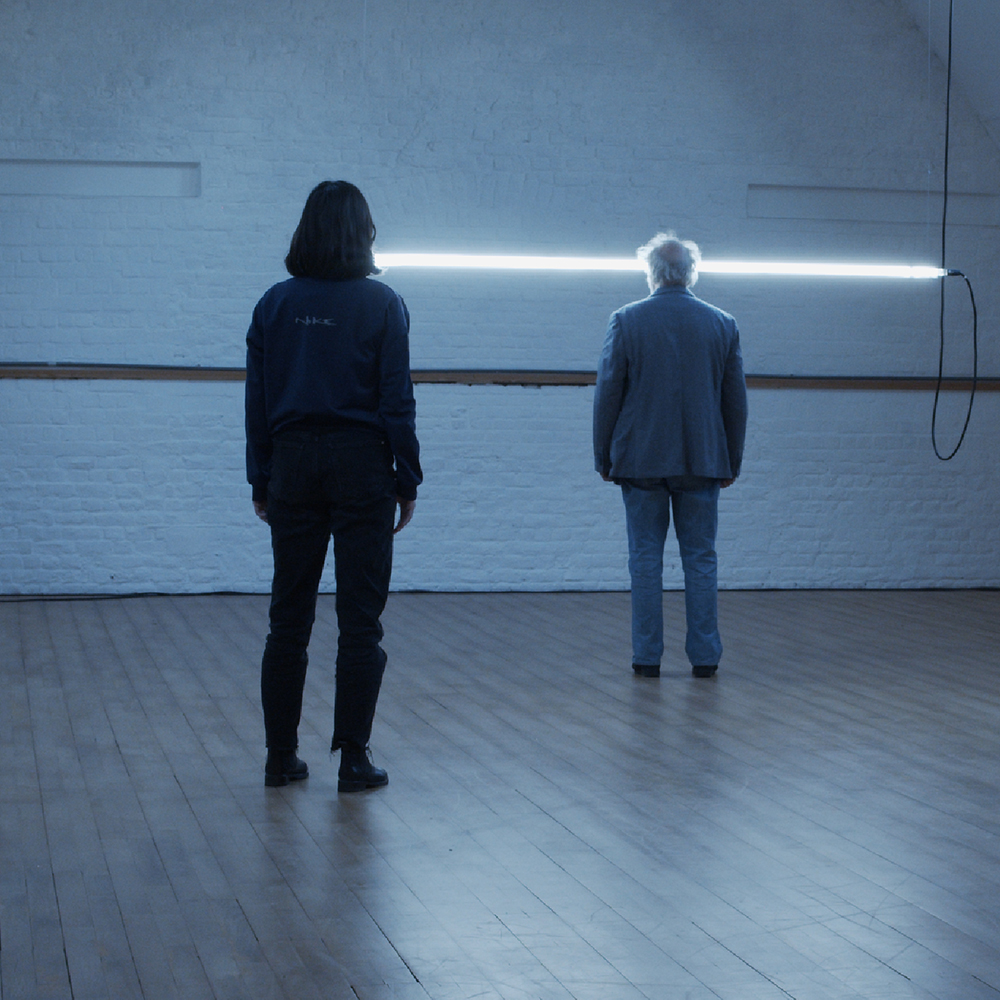
Performance pour deux performers et un objet lumineux motorisé
Performance for two performers and a motorised lighting object

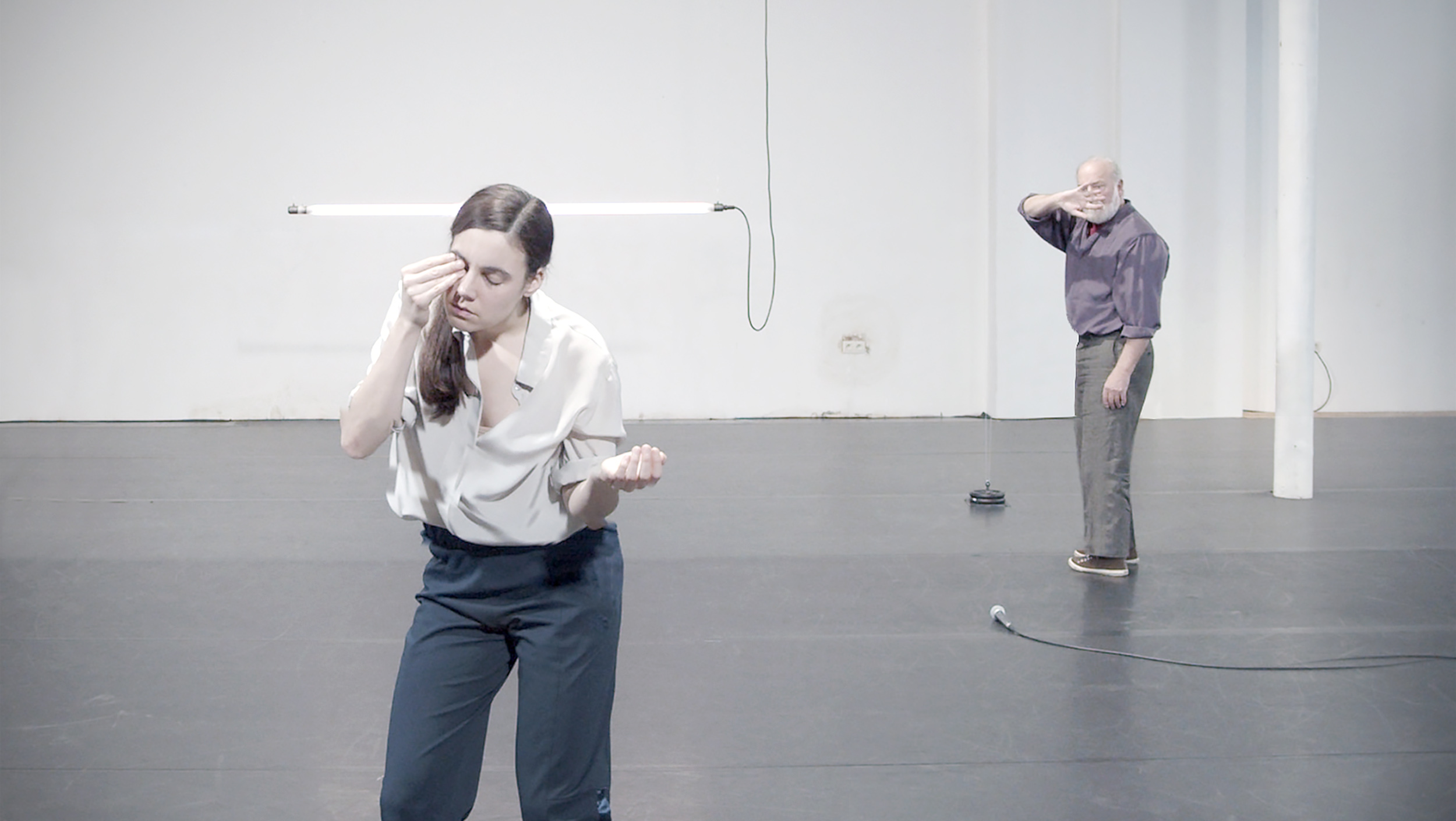
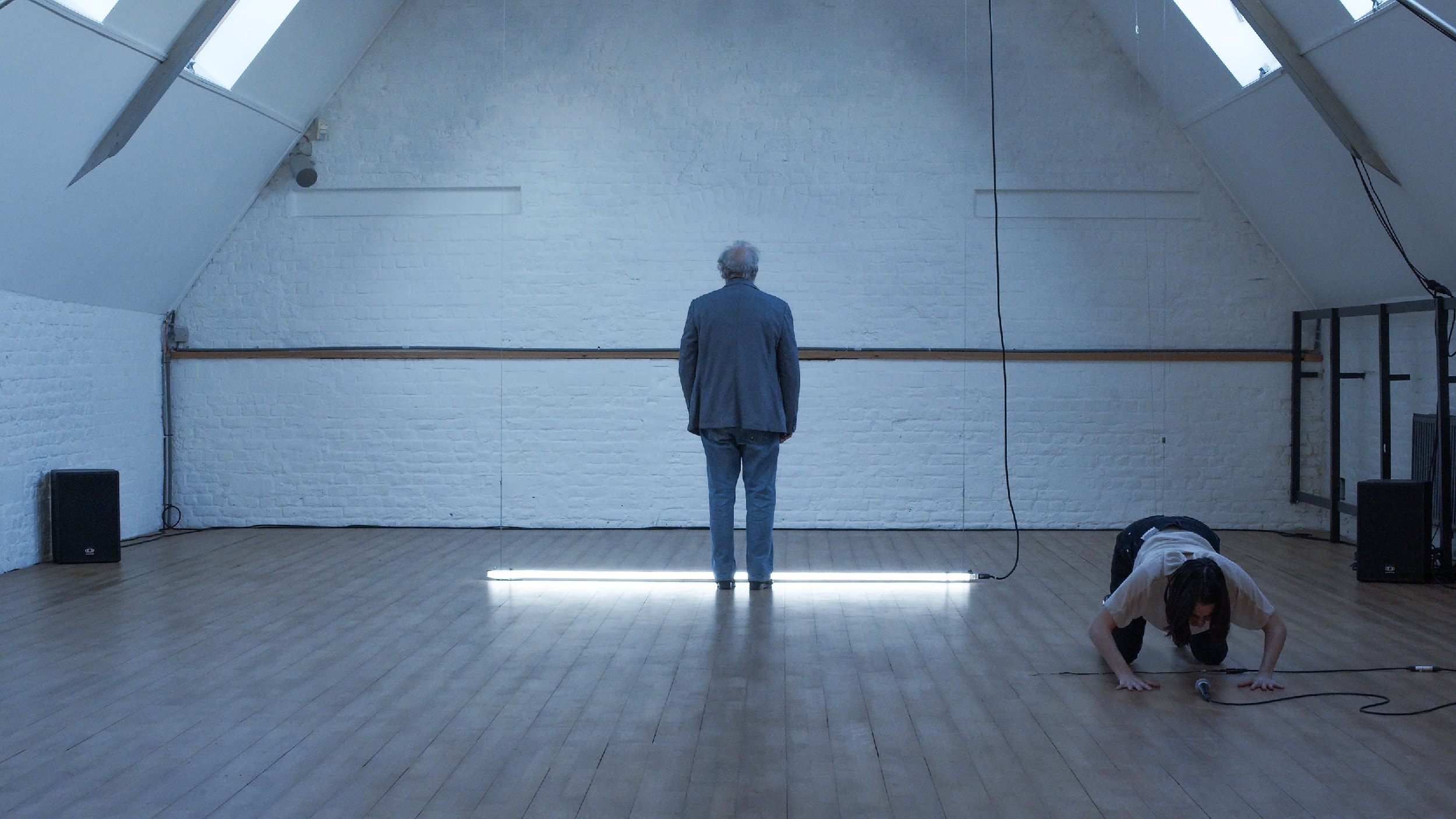
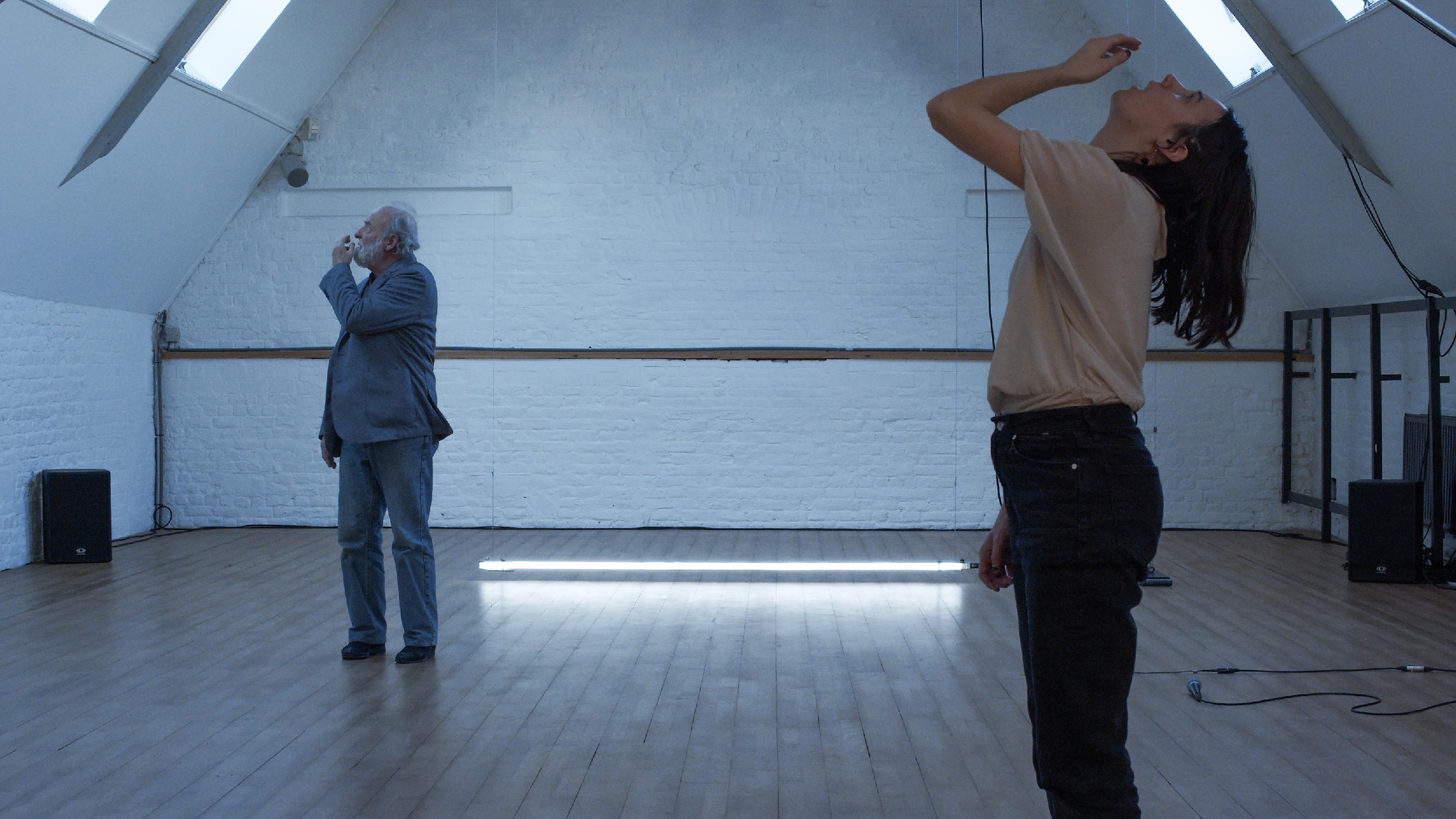
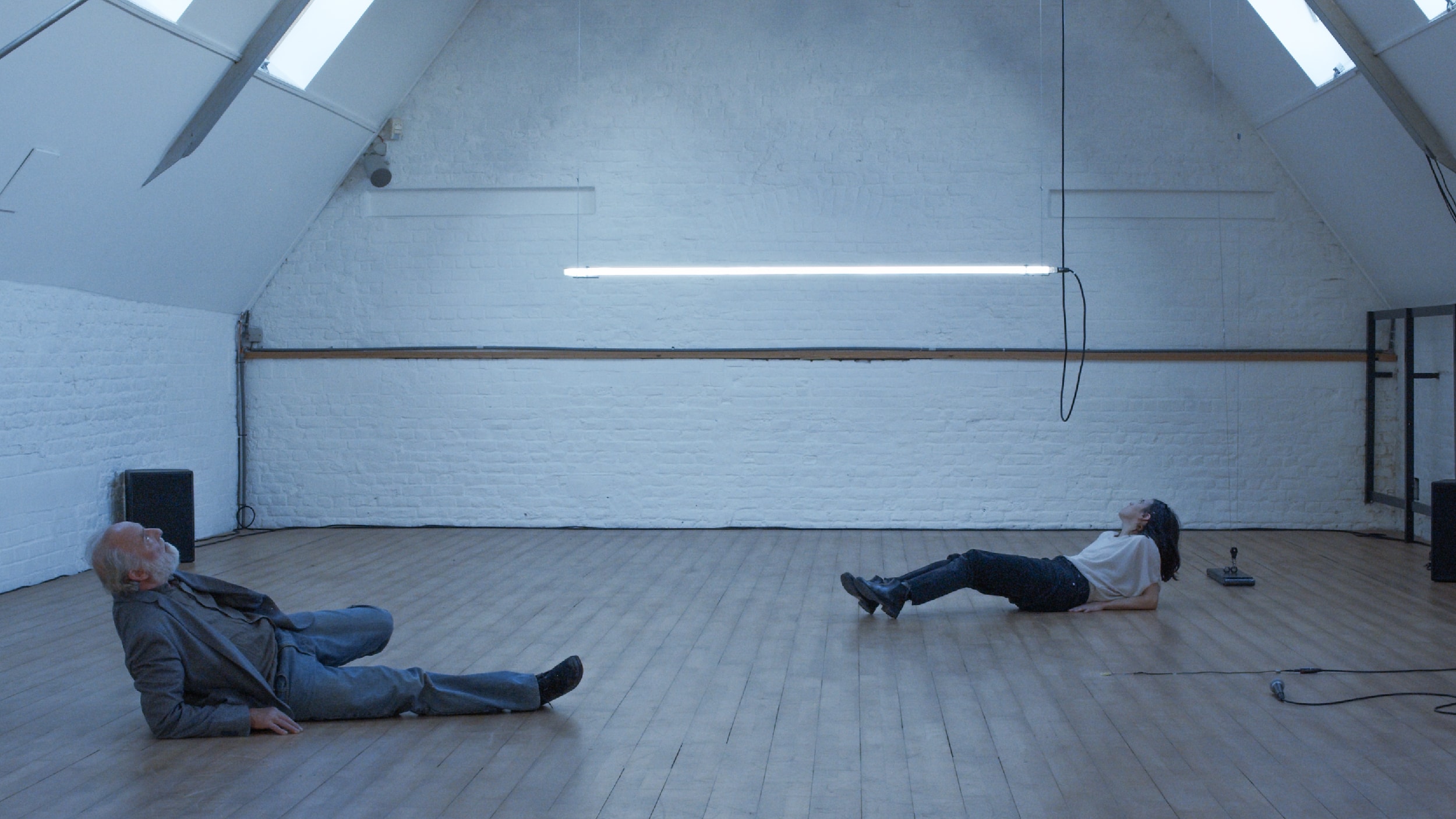
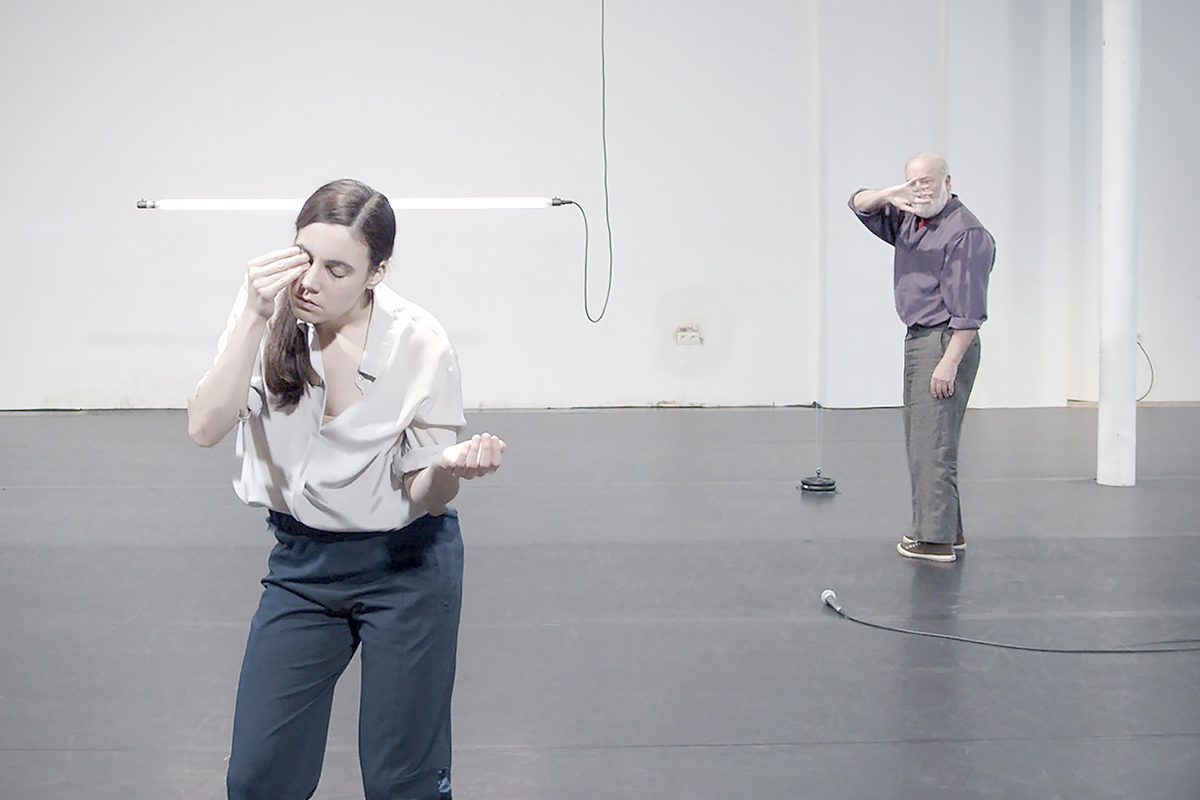
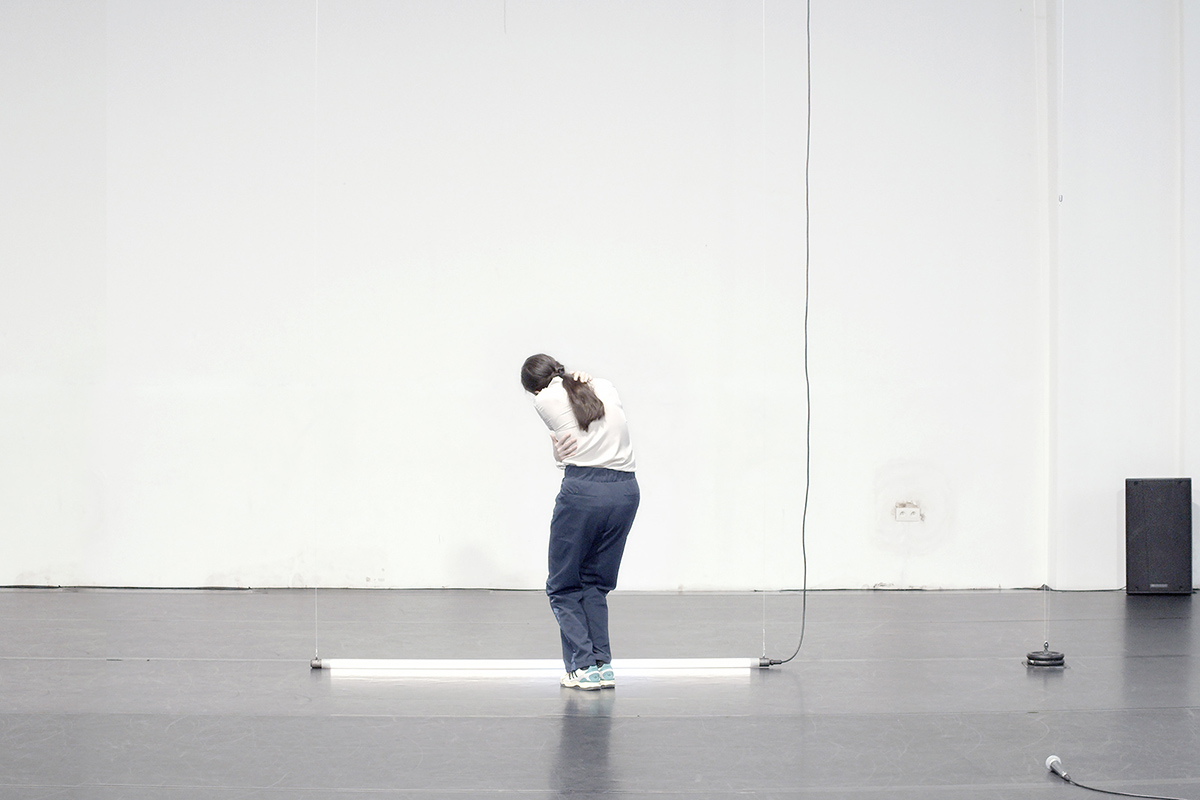

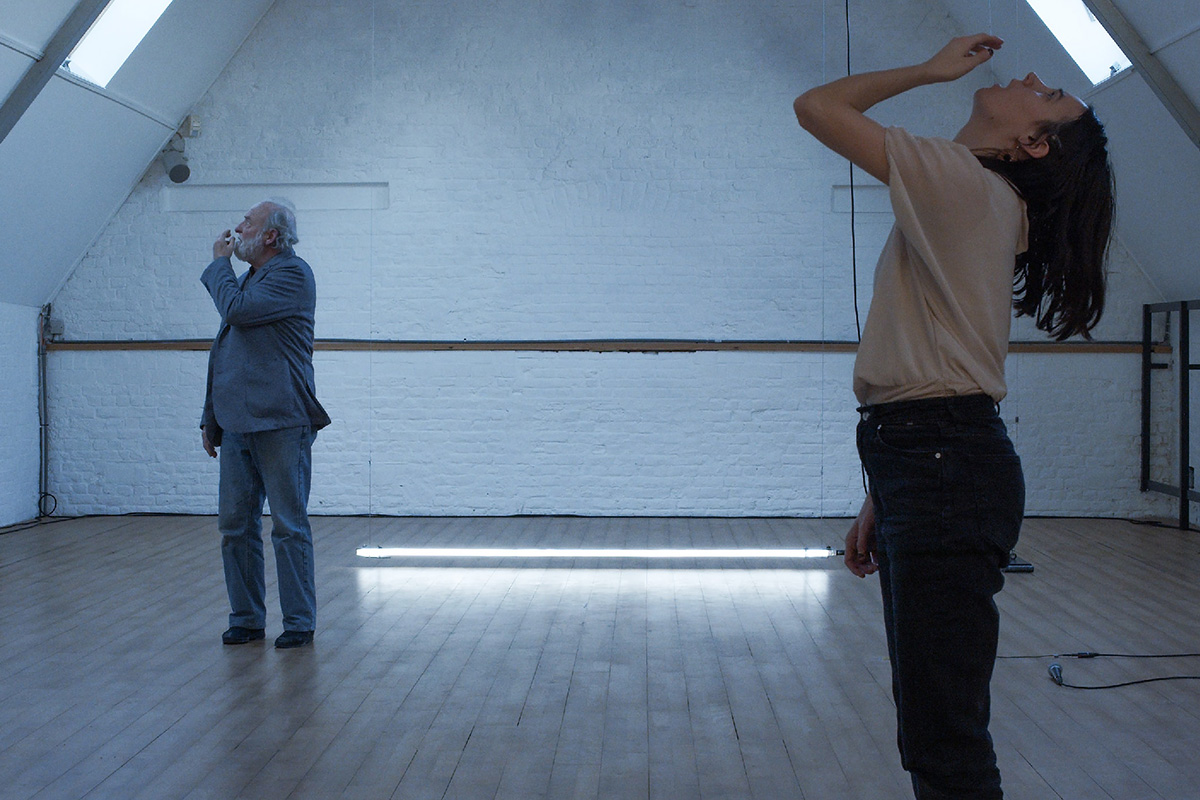
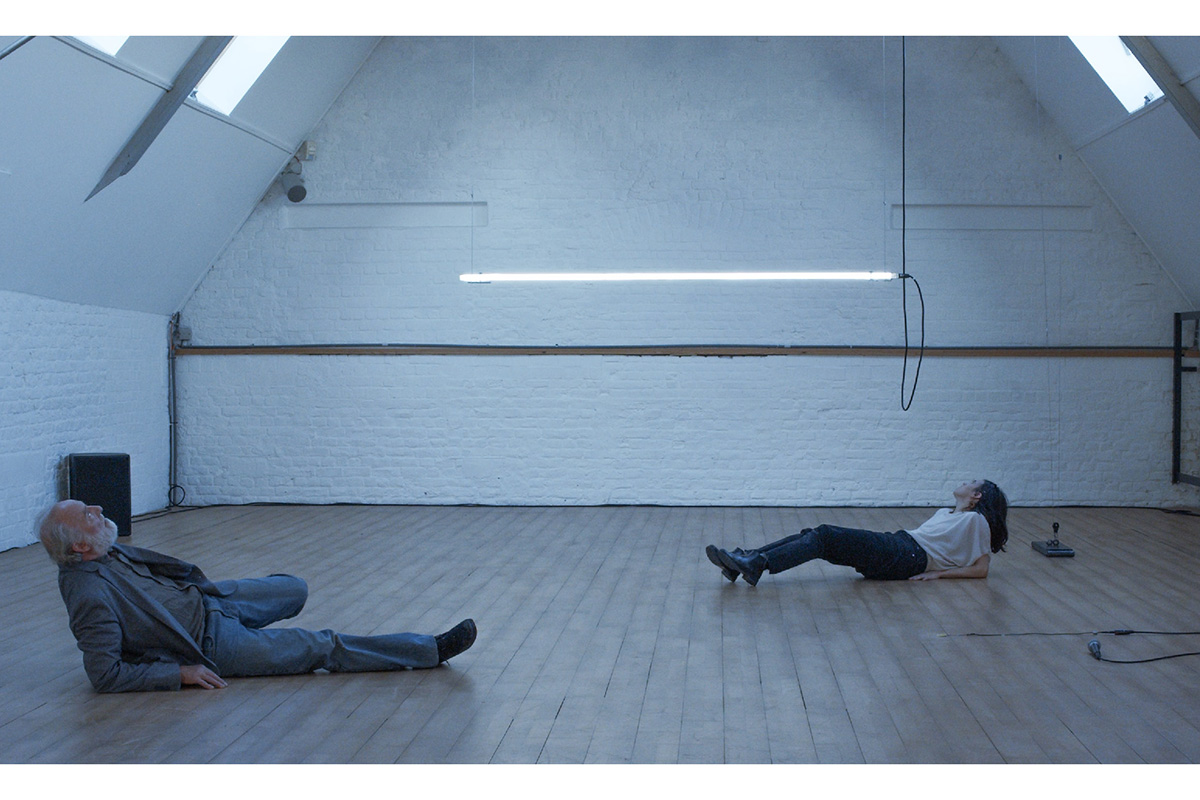
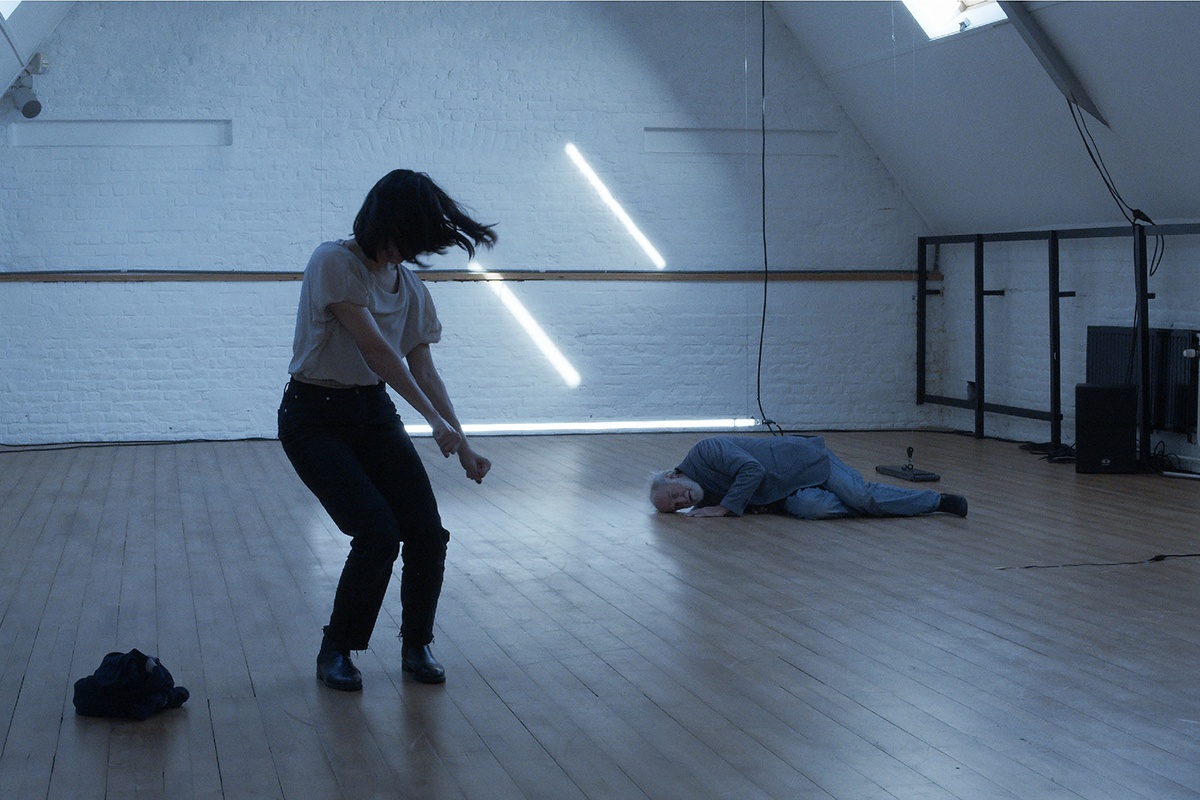
DURATION
1h10
Concept and direction
Monia Montali
François Bodeux
Performance
Aliénor H.
Jef Stevens
Singing
Aliénor H.
Sound composition
Miquel Casaponsa
Choreography
Monia Montali
Costumes
Anne-Catherine Kunz
Light and scenography
Francois Bodeux
Dramaturgy
Antia Diaz Otero
Production : Òmero / Coproduction : Charleroi Danse, Centre Wallonie-Bruxelles à Paris, La Coop, Shelter Prod (tax shelter of belgian governement) / Support : C-Takt Dommelhof, Wooshing Machine @ Studio Étangs Noirs, La Roseraie, Fédération Wallonie-Bruxelles.
La performance est construite autour d'une structure cyclique, dans laquelle performers, créateurs sonore et lumière interagissent en live.
Entre prière et danse guerrière, contemplation et résistance, la composition chorégraphique s'y développe autour de deux énergies premières qui constituent l'humain et sa manière d'être au monde. A l'instar de 'l'Homme qui marche' de Giacometti, qui se tient entre fragilité et attitude de conquérant, le corps projeté vers l'avant.
The performance is structured around a cyclical format where performers, sound and light designers interact live.
Part prayer, part war dance, part contemplation, part resistance, the choreography unfolds around the two primal energies that constitute the human being and his or her way of being in the world. It’s akin to Giacometti’s Walking Man, who stands between fragility and the attitude of a conqueror, body projected forward.
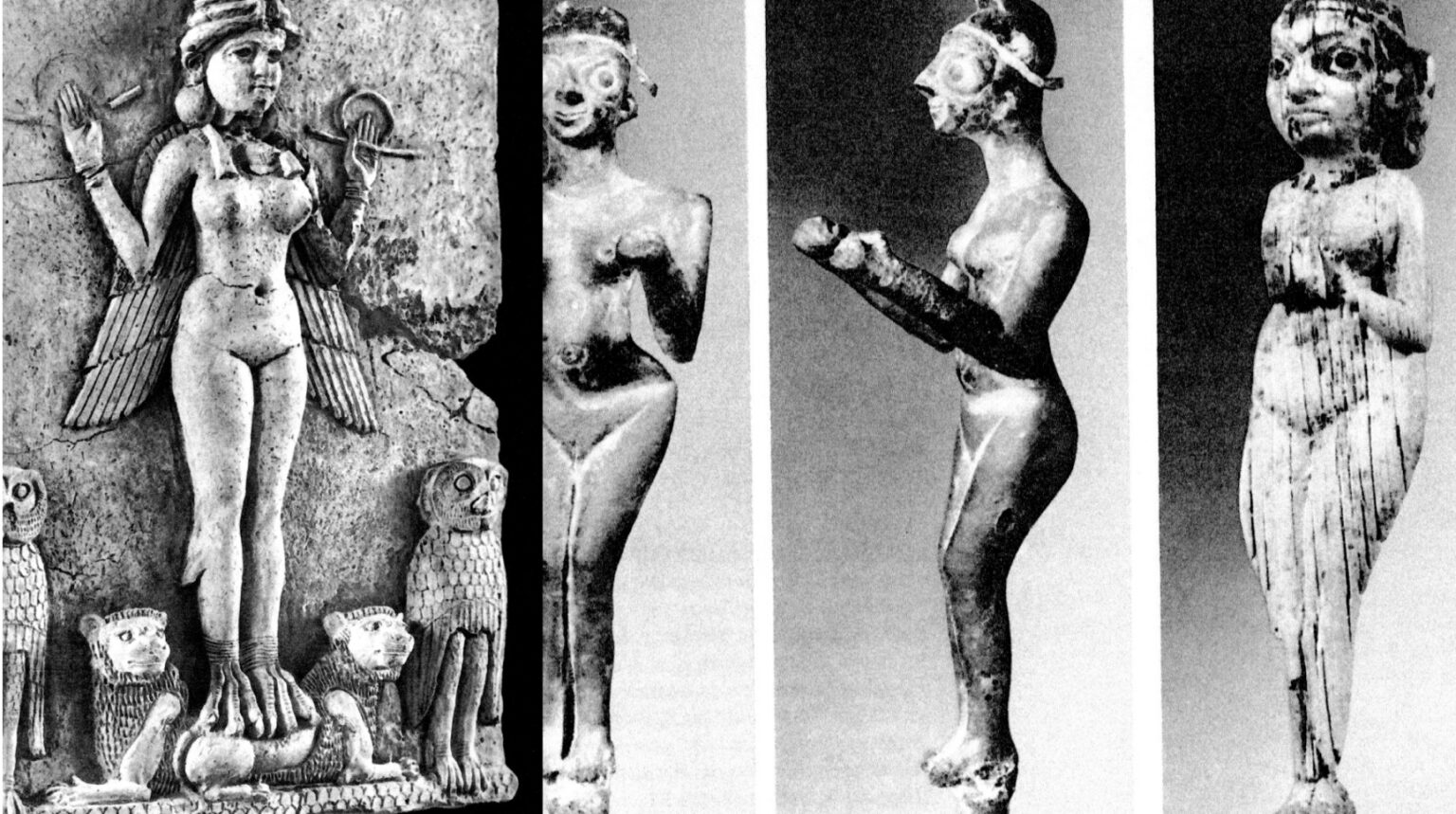
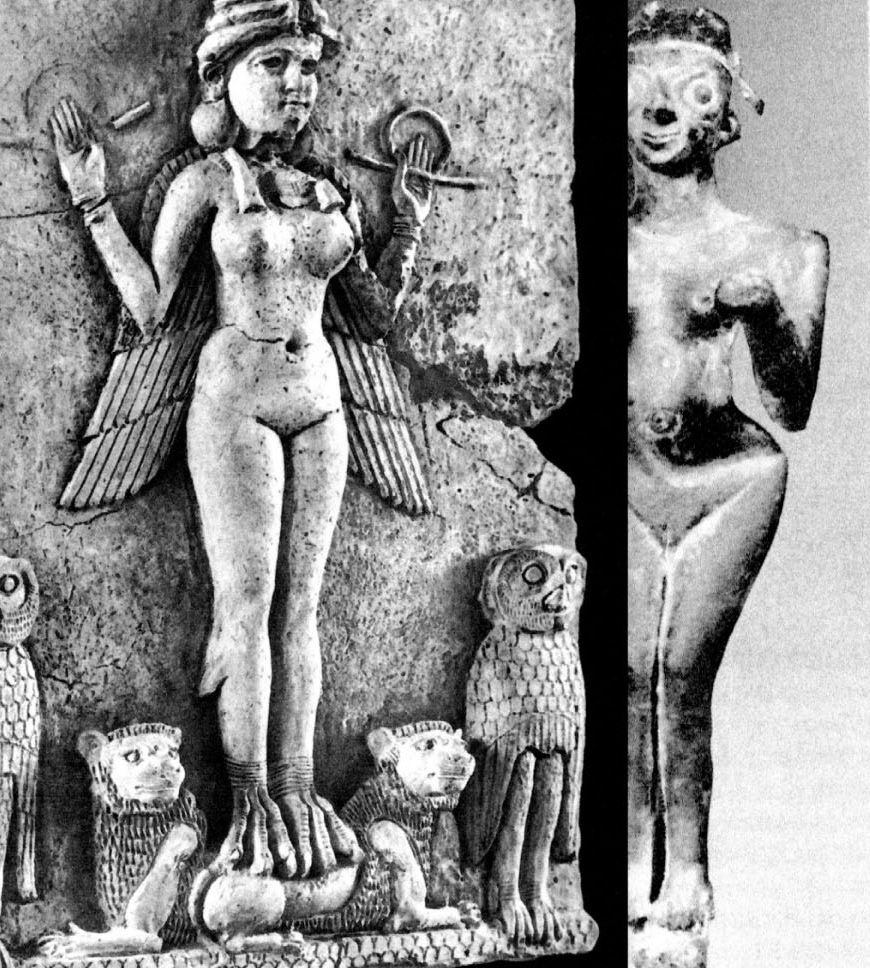
Cette matière chorégraphique s'inspire de gestes et postures présents dans les iconographies des premières civilisations. Période où s'entremêlent croyances animistes et polythéistes, la représentation y avait souvent un pouvoir magique, cherchant à traduire le lien intime entre l’humain et les choses invisibles. Ces gestes et les postures tracent ici les contours d'un nouveau rituel, elles se dressent comme des survivances d'un patrimoine héréditaire commun.
La dynamique cyclique des actions, de la musique et de l'objet lumineux s'articule autour de principes de ruptures, variations, accélérations, dégradations et recommencement. Peu à peu cet environnement amène le spectateur à devoir décider quoi regarder et à prendre le temps de rencontrer quelque chose.
This piece draws from movements and postures found in early civilisation iconography. At this time, animistic and polytheistic beliefs were intertwined, and performances often assumed a magical quality, reflecting the intimate link between humans and the invisible. These gestures and postures sketch out the contours of a ritual and stand as remnants of a shared heritage.
The cyclical dynamics of the movements, music, and the light object are articulated around the principles of rupture, variation, acceleration, degradation, and recommencement. This environment gradually prompts spectators to wander, deciding what to look at before taking a moment to encounter something.
